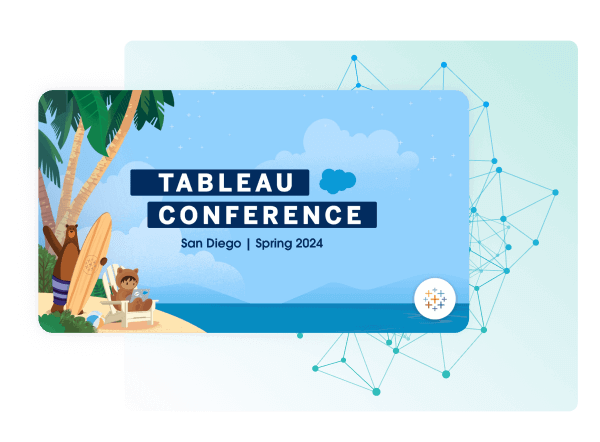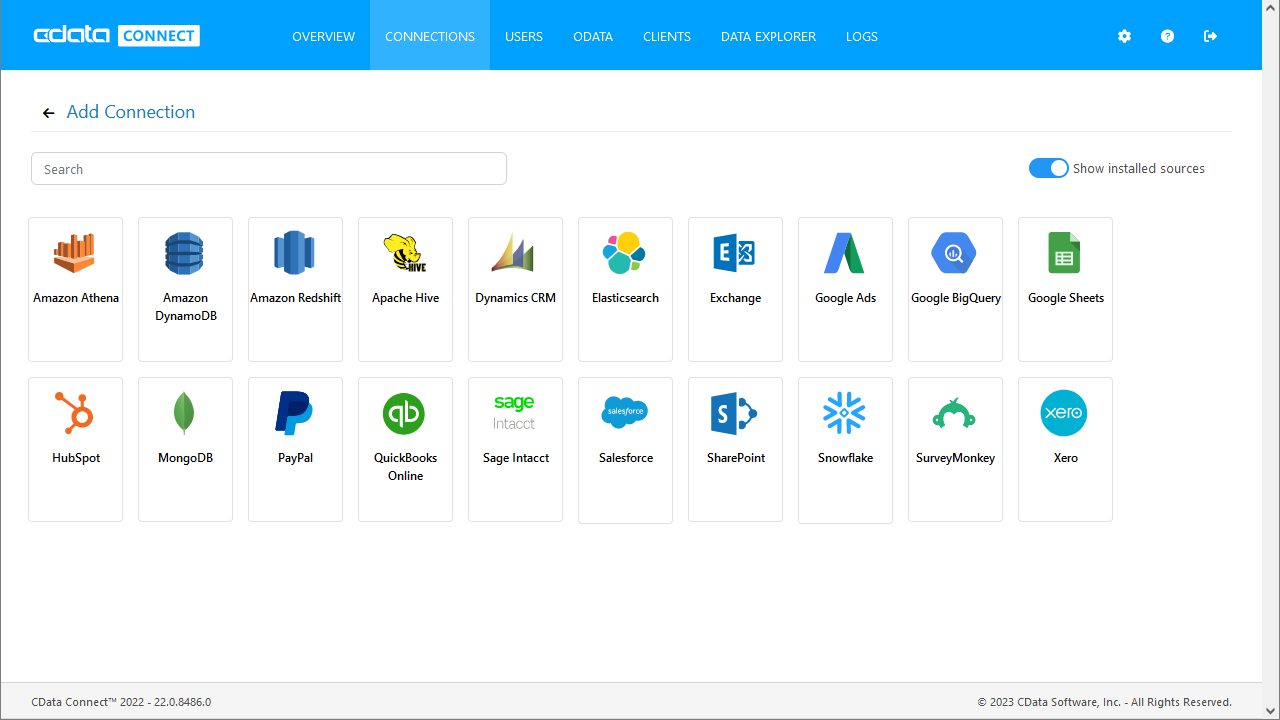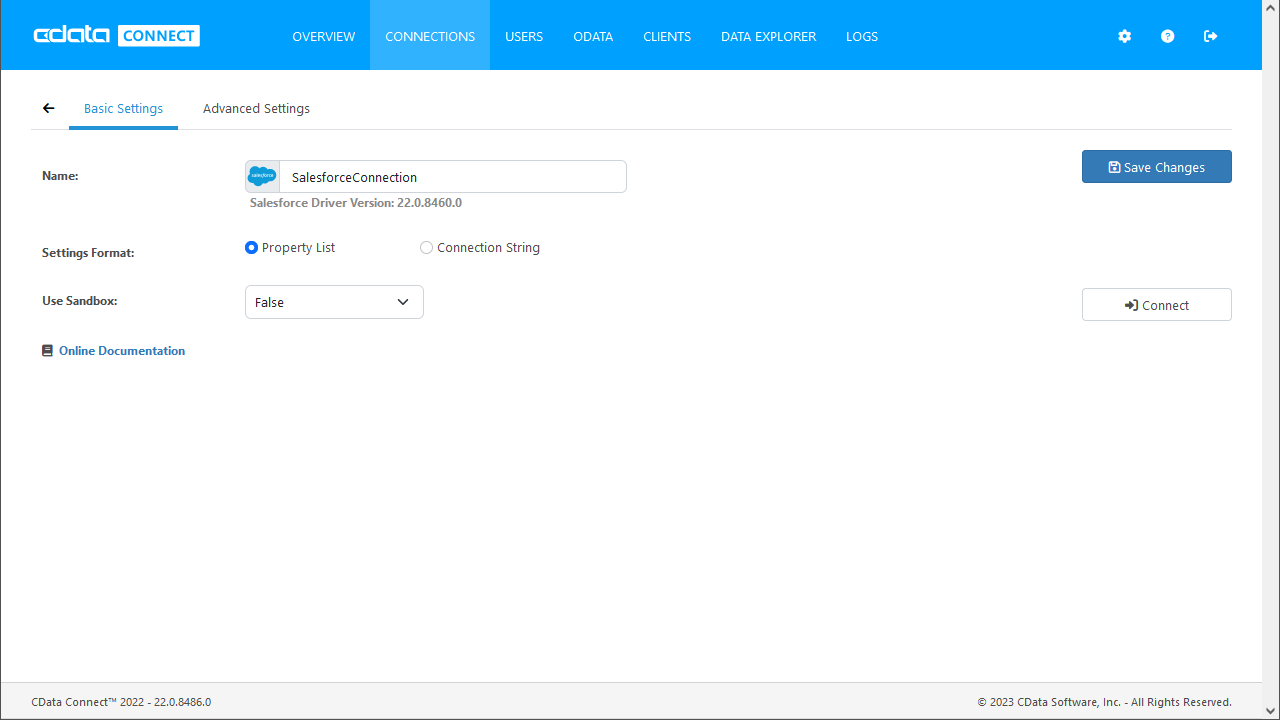Discover how a bimodal integration strategy can address the major data management challenges facing your organization today.
Get the Report →Integrate SAP BusinessObjects BI Data into Automated Tasks with Power Automate
Use CData Connect Server to create a virtual SQL Server database for SAP BusinessObjects BI data and integrate live SAP BusinessObjects BI data into your Power Automate (Microsoft Flow) tasks.
Power Automate (Microsoft Flow) is an online service that automates events (known as workflows) across the most common apps and services. When paired with CData Connect Server, you get instant, cloud-to-cloud access to SAP BusinessObjects BI data for visualizations, dashboards, and more. This article shows how to connect to Connect Server from Power Automate and integrate live SAP BusinessObjects BI data into your workflows and tasks.
CData Connect Server provides a pure SQL interface for SAP BusinessObjects BI, allowing you to easily integrate with live SAP BusinessObjects BI data in Power Automate — without replicating the data. CData Connect Server looks exactly like a SQL Server database to Power Automate and uses optimized data processing out of the box to push all supported SQL operations (filters, JOINs, etc) directly to SAP BusinessObjects BI, leveraging server-side processing to quickly return SAP BusinessObjects BI data.
Create a Virtual SQL Database for SAP BusinessObjects BI Data
CData Connect Server uses a straightforward, point-and-click interface to connect to data sources and generate APIs.
- Login to Connect Server and click Connections.
![Adding a connection]()
- Select "SAP BusinessObjects BI" from Available Data Sources.
-
Enter the necessary authentication properties to connect to SAP BusinessObjects BI.
To connect to your SAP Business Objects BI instance, you must set the following connection properties:
- Url: set this to the rest API URL. After logging into the Central Management Console, choose 'Applications' from the combo box. Double-click on 'RESTful Web Service' and you'll see the access URL. By default it is, http://{Server-Name}:6405/biprws.
- User: set this to the username of your instance.
- Password: set this to the password of your instance.
![Configuring a connection (SQL Server is shown).]()
- Click Save Changes
- Click Privileges -> Add and add the new user (or an existing user) with the appropriate permissions.
Connecting to CData Connect Server
To use Connect Server to integrate SAP BusinessObjects BI data into your Power Automate tasks, you need a new SQL Server connection:
- Log in to Power Automate
- Click Data -> Connections -> New connection
- Select SQL Server
![Creating a new SQL Server Connection]()
- In the connection wizard:
- Set Authentication Type to "SQL Server Authentication"
- Set SQL server name to the address of your Connect Server instance (connect_server_url)
- Set SQL database name to the name of the virtual SAP BusinessObjects BI database you created earlier (like sapbusinessobjectsbidb)
- Set the Username and Password and click Create
![Connecting to Connect Server]()
Integrating SAP BusinessObjects BI Data into Power Automate Tasks
With the connection to Connect Server configured, you are ready to integrate live SAP BusinessObjects BI data into your Power Automate tasks.
- Log in to Power Automate
- Click My flows -> New and choose to create the flow from blank or template
- Add (or configure) a SQL Server action (like Get rows) and configure the action to connect to your Connect Server connection
- Select a Table to work with (from the drop-down menu) and configure any advanced options (like filters, orders, etc)
![Getting SAP BusinessObjects BI "Rows"]()
- Configure any actions to follow and test, then save the flow
SQL Access to SAP BusinessObjects BI Data from Applications
Now you have a direct connection to live SAP BusinessObjects BI data from Power Automate tasks. You can create more connections and workflows to drive business — all without replicating SAP BusinessObjects BI data.
To get SQL data access to 200+ SaaS, Big Data, and NoSQL sources directly from your applications, see the CData Connect Server.
Related Power Automate Articles
This article walks through using CData Connect Server with Power Automate (Online). Check out our other articles for more ways to work with Power Automate Desktop:











